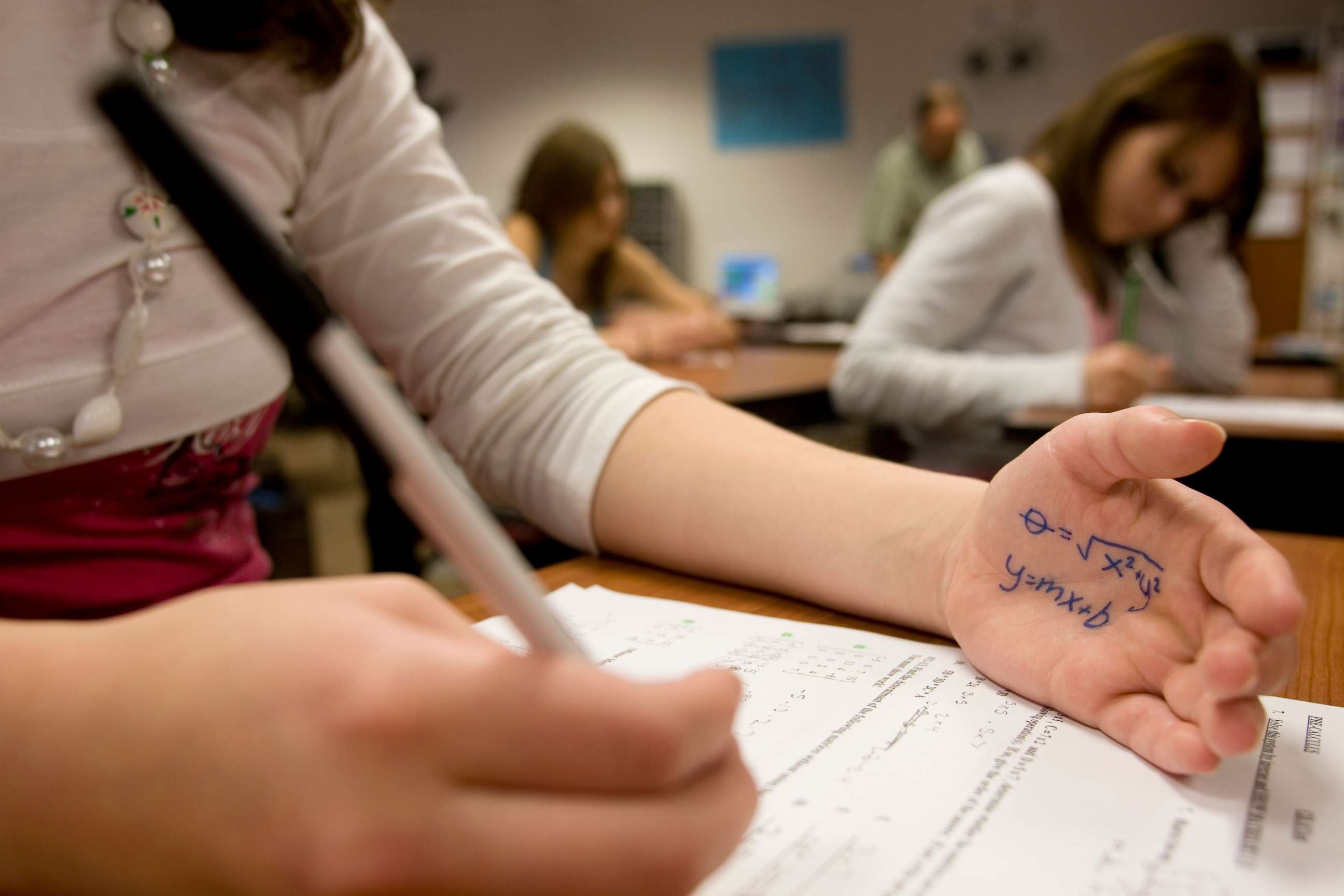From magical wands to transparent partitions: Kids cheat less with invisible barriers, study finds
A new study has found that parents can nudge their children to be honest and truthful by using invisible cues.
The study, published in Proceedings of the National Academy of Sciences, found that young children cheated less in class when a transparent frame was set up as a barrier. The researchers of the study tested the "moral barrier hypothesis": the idea that a boundary, even one that does not actually prevent a child from cheating, will cause them to act honestly.
They wanted to know if a "nudge" could encourage a child to be honest. A nudge is a change to the environment that is so small the person doesn't realize it.
An example of a nudge, in an adult situation, is how switching to smaller plates can result in eating less food. Another example is how when fruits are placed attractively in a cafeteria, it can lead to children eating more fruits.
The researchers picked cheating as their test for honest or dishonest behavior. The authors set up a few different scenarios for 5 and 6-year-old children. All kids were given a math test where the first four problems were easy but the last problem was impossible. An answer sheet was left on the desk right next to them and a steel frame with a transparent cover was placed between the two desks. Even though the children could see the answer key next to them, they didn't cheat as often. In fact, this scenario had the least amount of cheating.
In the next scenario, only the steel frame itself was placed between the two desks. There was nothing preventing the children from seeing the answer key. Still, children cheated significantly less compared to when there was nothing at all between the desks.
In another scenario, when a researcher came and waved an imaginary wand between the two desks, that also led to significantly less cheating.

Dr. Kerry-Ann Williams, a child psychiatrist in Boston, was not surprised that waving a magical wand worked for young children. She explained that "this is the age of magical thinking, and so the idea the magical barrier worked" was not shocking. Williams also pointed out that children at that age want to please adults, so they are more likely to follow commands from the examiner.
Although the authors of the study concluded that a real or even imagined boundary could lead to less cheating, experts are still unsure why this happens. One possibility is that humans are all trained to use environmental cues, such as staying on a crosswalk or following a "no trespassing" sign.
"In human-made environments, we are constantly exposed to different types of markers that tell us what we are allowed to do, such [as] social distancing lines and circles that indicate where we are allowed to stand," said Dr. Gail Heyman of the University of California, San Diego's department of psychology, and one of the researchers who conducted the study.
"Because children grow up surrounded by these kinds of markers, they may look for them when they are unsure about what to do," he said. "We believe the presence of these types of markers can cause children to stop and think about the moral implications of their actions."
Katie Romach, a fourth-grade teacher in East Rochester, New York, said that even kids in kindergarten know that cheating is wrong. Although a study carrel (similar to a cubicle) is far from a small nudge, she said it does deter children from cheating.
While there are still many unanswered questions about how the human brain processes spaces and how this affects humans' behavior, the study has gotten experts one step closer to figuring it out.
Does this mean schools should start using transparent barriers to prevent cheating? "We think it's too early to start recommending this," Heyman said. "This is just the first study on this topic, and it may be that barriers would become ineffective and fade into the background after children get used to them. We also don't know if these kinds of barriers would work for older children, who are probably considering a wider range of factors when they make decisions about whether to cheat."
Williams said, "The design of this study seemed very well-suited for this age group." In order to test the same experiment in older age groups, she said, "they would have to design a study that is suited for the age group they are testing." Williams explained that 5 and 6-year-olds can think concretely in terms of right and wrong, but as children age into adulthood, decision making and morality become "a lot more complex." "A 5-year-old's brain can be very different from a 10-year-old's brain," she said.
"Our study does suggest that we should give some thought to how we structure children's environments to gently push them in the right direction," Heyman concluded.
Sabina Bera, M.D., M.S., a psychiatrist in New York, and Alexis E. Carrington, M.D., a dermatology research fellow at the University of California, Davis in Sacramento, California, are both contributors to the ABC News Medical Unit.




